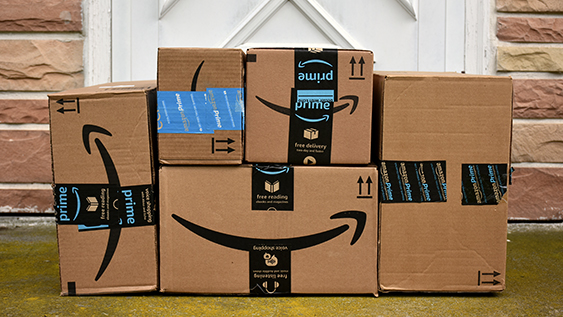
2018 Logistics Industry Trend Forecast:
Part One of Three: All Roads Point to Greater Price Pressure
By Len Batcha
President
Technical Transportation, Inc
No one has a crystal ball. But so much has impacted the logistics industry in 2017 that I have no doubt what the most important trend—and challenge—for logistics providers will be in the coming year. And it’s all due to the constant changes we’ve had to deal with over the past 12 months.
And that trend is—Increasing price pressure.
To cut to the chase, 2018 will be a year where we’ll be hit from all sides with changes and mandates that are likely to lead to one of two consequences:
- Lower profits for logistics providers.
- Higher pass-on costs to the consumer.
The #1 challenge we will all face in 2018 is how to keep costs down in order to remain competitive, despite these market demands. Here are my thoughts on the three trends that will make this pressure all too real.
- The Aftershock of the Electronic Logging Mandate
As of December 18, the Federal Motor Carrier Safety Administration (FMCSA) eliminates the use of paper logs by drivers and carriers. Electronic logging devices are far from new, but the FMCSA is continuing to tighten compliance standards. By December 16, 2019, all drivers and carriers of line haul and long-distance deliveries must use self-certified electronic logging devices that are registered with the FMCSA.
To make it happen, most of the costs needed to meet new compliance standards throughout the delivery cycle will fall on the carriers’ shoulders. So, to maintain margins, carriers have few options but to pass these added costs on to shippers and consumers.
- Higher Driver Demand, Higher Driver Costs
Recent hurricanes have diverted drivers to support FEMA. What’s more, higher demand from holiday sales, cyber purchases, the Amazon effect, and increasingly high expectations from consumers are pushing internal logistic networks to the limit.
When you add them all together, you’ve got a formula for greater transport costs fueled by a short-term lack of qualified drivers and equipment. This may be good news for drivers in the immediate future because their compensation is likely to rise. But for the internal logistics network, not so much.
- Short-term investments, long-term payouts
The movement toward driverless vehicles is accelerating and putting increasing pressure on trucking companies to invest in driverless equipment, maybe not today but not too far in the distant future. Such investments are a major paradigm shift in our industry, and one that will require a huge up-front investment in the next 3-5 years.
To make the challenge even harder, we’re not likely to see any measurable payback on drivable vehicle investments for another 5-10 years. Regardless of how the timing turns out, one thing is for certain—major changes in our industry are underway. And they’re all putting added price pressure on virtually every logistics provider.
In the next blog in this series, I’ll discuss 2018 logistics forecast trends for the medical segment in particular. If you have any comments or suggestions for future blog ideas in the meantime, please get in touch.


